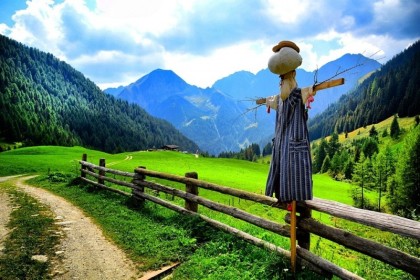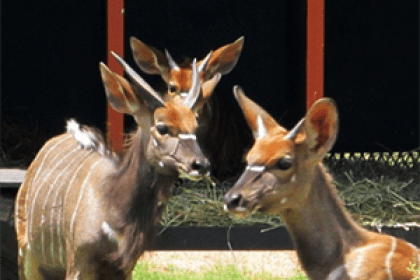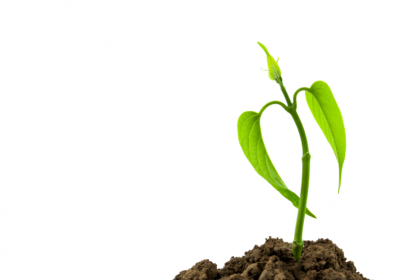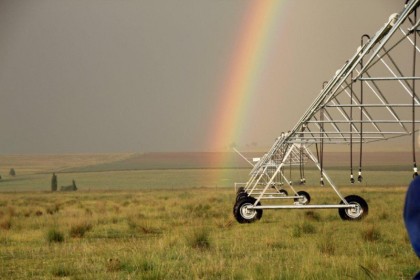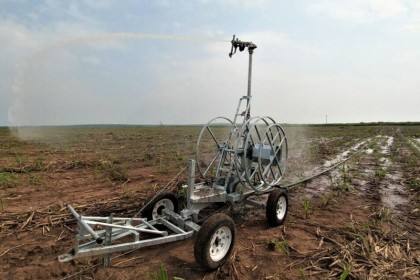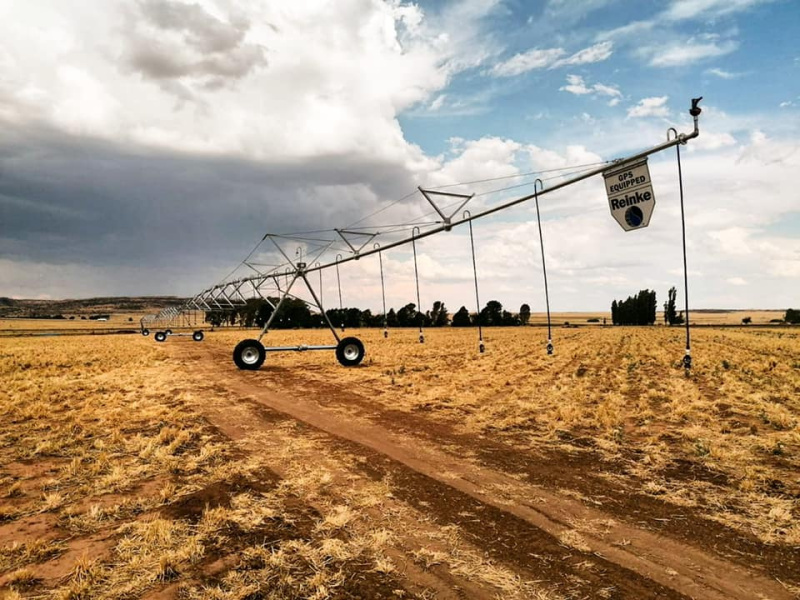
Irrigation Systems and Maintenance
Irrigation is the agricultural practice of applying regulated volumes of water to farmland to aid in crop production. Irrigation has been a major part of agriculture for almost 5,000 years, and various cultures throughout the world have relied on these systems for their basic food needs.
Irrigation aids in the growth of agricultural crops, the preservation of ecosystems, and the revegetation of disturbed soils in dry places and during periods of below-average rainfall. Irrigation also has additional application benefits within agriculture which include frost protection and weed suppression in grain fields. Irrigation systems are often used, even on livestock farms, to keep animals cool, control dust, and dispose of sewage. There are several different uses for irrigation systems within agriculture and also several different irrigation systems.
This article will discuss 2 popular types of irrigation systems, how to maintain an irrigation system during the winter, and its cost.
There are two popular types of irrigation systems:
Center Pivot Irrigation System
Center pivot irrigation, also commonly known as water-wheel and circular irrigation, is exactly as the name suggests. The irrigation equipment rotates around a central pivot while the crops underneath are watered by a sprinkler. Most center pivots were originally powered by water, but now the majority are powered by electric engines.
Center pivot irrigation provides the versatility that other irrigation technologies do not. Center pivot irrigation improves efficiency and water management while providing a high economic return.
Lateral Move Irrigation System
Lateral move irrigation is somewhat similar to center pivot irrigation, and both alternatives are considered when planning an irrigation system for a broad area. The Lateral irrigation system is also a self-propelled, overhead irrigation system and is almost identical in build and purpose.
The primary distinction is that a center pivot sprinkler is secured at one pivot and rotates around this single point, but a lateral move irrigation system's ends are not attached and both ends of the device move at the same pace.
The lateral move irrigation system is one of the most versatile systems on the market, with the capacity to water two sides of a rectangular area. When the system has finished irrigating one half of the field, it conveniently pivots to water the other side. It requires only one cart path, no towing, and can irrigate twice as many hectares with a single system.
Irrigation Maintenance Services
Every farmer knows that once the season of growing and harvesting is over, and the winter wind is creeping in, it’s time to do some irrigation instances to prepare for the following few cold months. Follow the following four tips when maintaining and preparing your irrigation system for the winter:
1.Insulate Irrigation Elements
The first important step when winterising agricultural irrigation begins with turning off the outside water source. After switching it off, the primary shutoff valve should be protected from the soon-to-be ice-cold winter conditions. Insulation is one of the simplest techniques to protect the primary shutoff valve. You must also insulate any above-ground plumbing in addition to the main shut off valve. The recommended type of insulation to use is insulation foam or tape.
2. Drain Water Pipes
Next, it is important to make certain that all outside pipes that aren't used during the wintertime are drained. During low early morning temperatures, water can freeze. Frozen water within your irrigation pipes will most likely lead to pipe ruptures, which leads to thousands in repair costs. Use an automated or manual drain valve to empty your pipes.
3. Ensure Protected Backflow Preventers and Valves
Thirdly, check to see if your backflow preventers and any above-ground valves are correctly insulated. But take care to ensure that the backflow preventers, air vents, and drain outlets aren't blocked by the insulation.
4. Store Large Assets Indoors
If possible, all larger irrigation equipment should be stored indoors during the colder season. Ensuring that your equipment is mostly out of harsh weather conditions (like freezing temperatures) will increase their lifespan.
Irrigation System Maintenance Cost
Irrigation system maintenance cost depends on and is different for each specific farming operation. Some elements that should be factored into maintenance costs include:
- The replacement kit costs every 5 years.
- Labour costs.
- Sprinkler efficiency loss due to wearing, jams, broken springs, and leaks.
If you’re on the lookout for quality irrigation systems, AGRIFOODSA recommends Reinke Irrigation Systems. Reinke systems are high strength and lightweight, ensuring that they will stand the test of time. Visit the AgrifoodSA directory to find out more!








